The Bronze Age in Britain - Excerpts from the book by Nigil Ridlin.
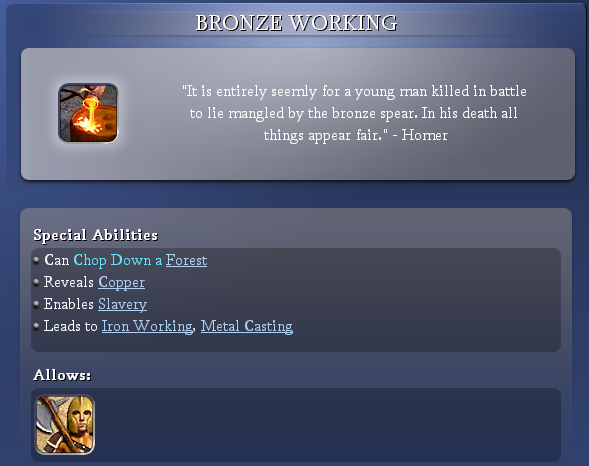
The discovery and exploitation of better metalworking techniques swept across Jova, most notably in the hands of the Sinai desert people. Between 2800-2600BC, we observe a gathering of Sinai artefacts out of the desert and into the plains. Violently and peacefully, in a relatively short period we see the old Fair Folk entirely displaced by their Sinai successors in an episode known in some sacred texts as the 'Convergence'. It is during this time also that we see the emergence of slavery as a fully fledged economic practice in the London region.
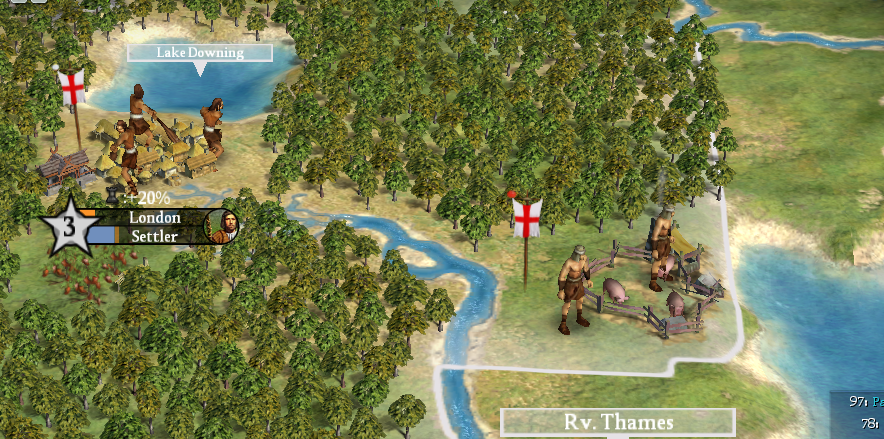
Power became concentrated into the hands of the slavemasters, rich chiefs and landworkers whose slaves cleared vast swathes of ancestral forest to make way for pasture and new villages. Lumber made its way to the London settlement, bringing wealth and prosperity to the locals in a relatively short time.
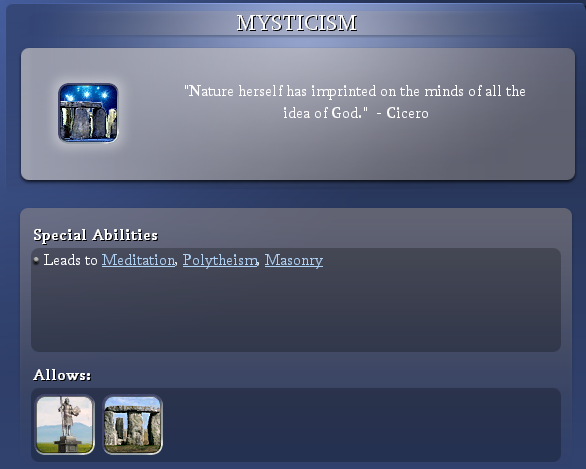
The Sinai tribes brought their religions with them, a hodge-podge of ancestor worship and spirit prayer that bred new life into London mysticism. A distinct change becomes visible in the structure and nature of the burial mounds from the era as Fair Folk mounds are replaced by the more orderly, family-oriented Sinai mounds.
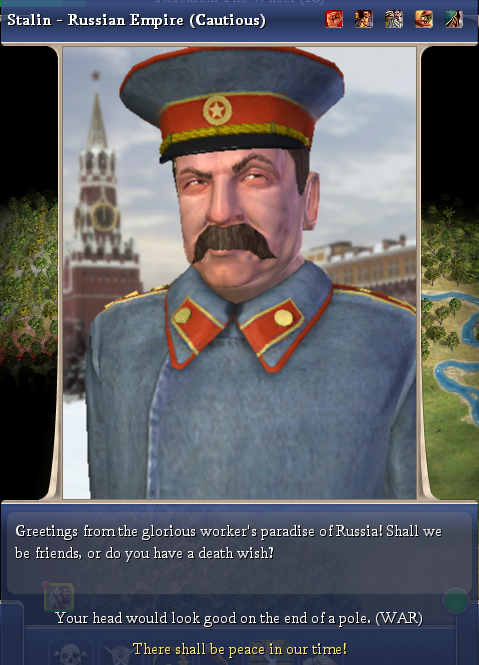
Grave artefacts were often trade items, some from as far afield as Russia; Russian copperworking has been found in the graves of chiefs and kings since around 2400Bc onwards. This roughly coincides with a recorded exodus from London of displaced and dissatisfied locals in search of new lands.
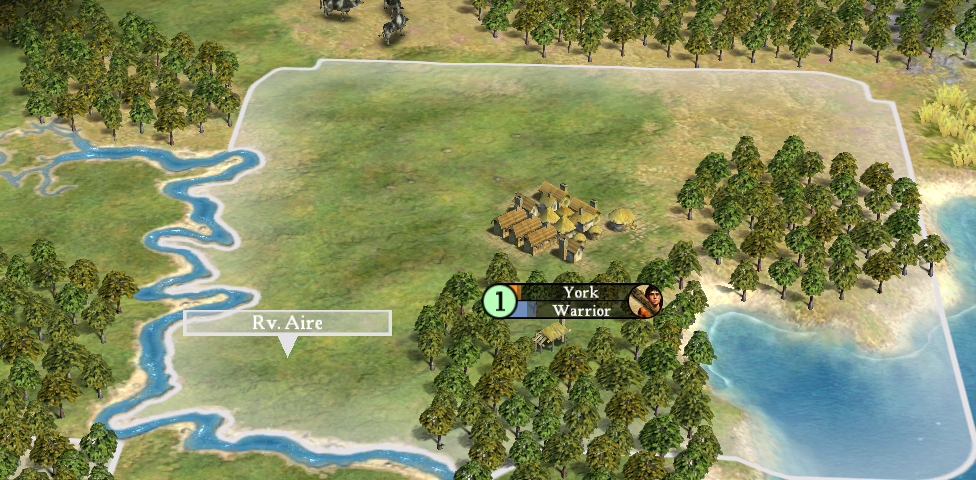
Over the course of two centuries, Sinite settlers pushed the original Fair Folk tribes further and further out of the London region, many of whom fled north to the area around present day York. The names of nearly all these tribes are lost, save one tribe mentioned in the early Sinite scriptures and who find their way into both religious texts and myth; the Drūn, a name which later became Drūl and eventually Trūl, the precursor to the modern English 'troll'. Hence the reason why the Yorkshire Regiment still has a troll as its emblem to this day. The earliest digs in Yorkshire date from around 2400 BC onwards.
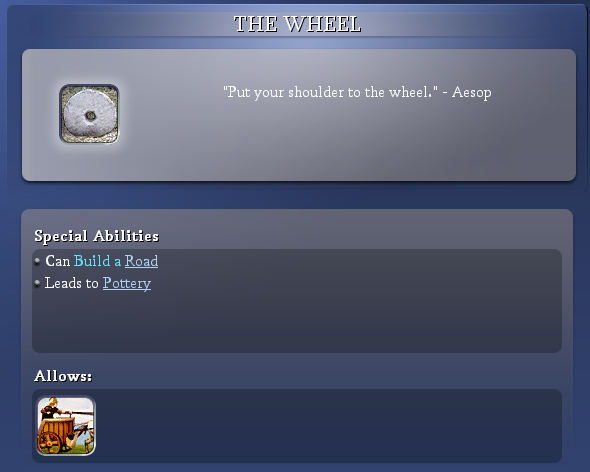
The shift from nomadic to settler life was perhaps bumpy for the Sinites, as oral histories and written accounts (centuries after the fact) attest to much strife and conflict. Some of their adaptations would change history, the simplest of which was the adaptation of a round stone used to grind grains into a device for travel and craft; the wheel. Though true roads would not arrive in Britain for generations after the wheel first became common, stone and wooden wheels have been found in grave sites and in artwork from the time. In rare occasions there are even pictures of kings riding chariots pulled by half-wild Welsh horses, though the limited availability of such beasts meant that such extravagances were hardly common for the time.
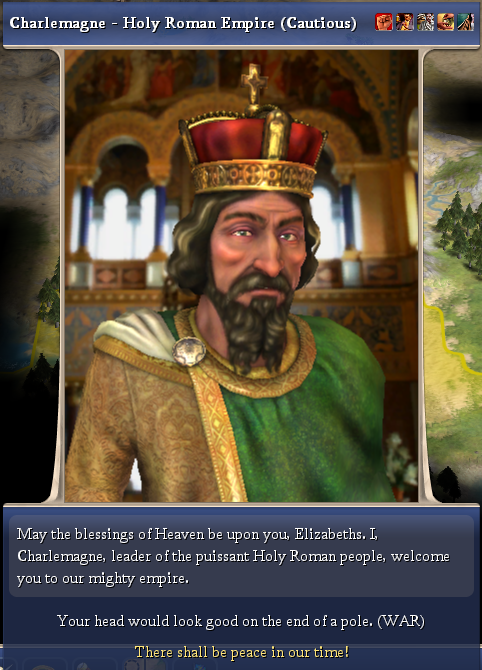
We've hit 2400BC, and that means we go from 15 years per turn to 10! Time is slowing down and we can get more done on a more historical time frame. We have also met the Holy Roman Empire (the Franks, as it were), but I didn't feel this necessitated mention just yet.

A pedestal was found thirty years ago in one of the York sites, unadorned with writing and predating the later settlements there, dating to around 2320 BC. Around it a later dig found fragments of the statue that rested upon it, partially with burn marks on the stone. We can only speculate in what situation (perhaps a fire, perhaps an attack) the statue fell,but this monument is one of the earliest examples of English public art. Some lost, unknown king had this erected in the hopes that he might stand immortal in stone. Time has proved him wrong, but there can be no doubt that its presence impressed the inhabitants for years if not decades or centuries, helping to give them a sense of communal identity beyond their immediate families.
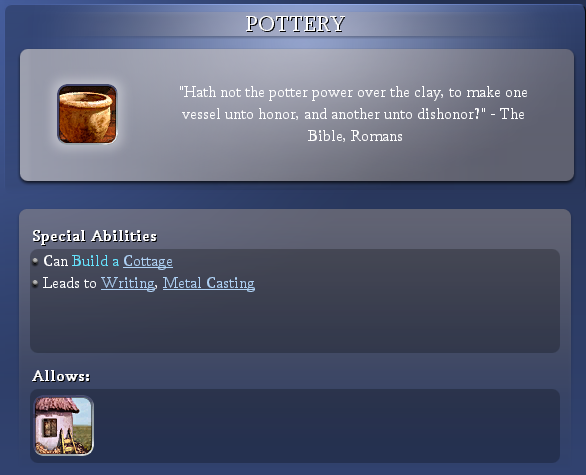
True pottery begins to appear nearly two hundred years later (the earliest examples dated to 2160 BC), displaying clear glazing and moulding techniques that indicate division and specialisation of labour; potters making pots as their primarily source of income and probably living in towns for convenience and trade rather than protection. Pottery carried with it a leap forward in agriculture, as wax-sealed pots can keep grain fresh for months if not years since harvest, whereas sacks or open containers are prone to rot or spoilage from water.
The Early Myth AgeEarly Danielic scripture has a list of kings and a very slender list of their accomplishments as part of their sense of history, but many of the dates of their reign are clearly fantastical (one king, Bran the Blessed, apparently ruled for 15,000 years) and aimed to 'fill up' time in the supposed history of the world and create an idea of a bygone golden age with humans progressively growing weaker and living shorter lives. Some early kings have historical roots however.

One of the earlier kings, Sheb (of the line of Daniel), is recorded for being the first to build roads the length and breadth of the world. Obvious exaggeration aside, if this is true then that would make him a powerful king around 2130 BC, when the first true roads reached from the London settlements (no name for the early settlements exists) and the Yorkshire settlements, trading cattle, pigs, wheat and corn. This early road was probably the firming up and provision of stone flags for a long-existing trade route between the two groups of settlements. The roads also extended the reach of those kings that claimed rulership over the lands touched by the road, but it is likely that many gave deference if not fealty to king Sheb - such a construction could not be accomplished without a great deal of labour, a lack of local interefence and significant power or personal charisma.
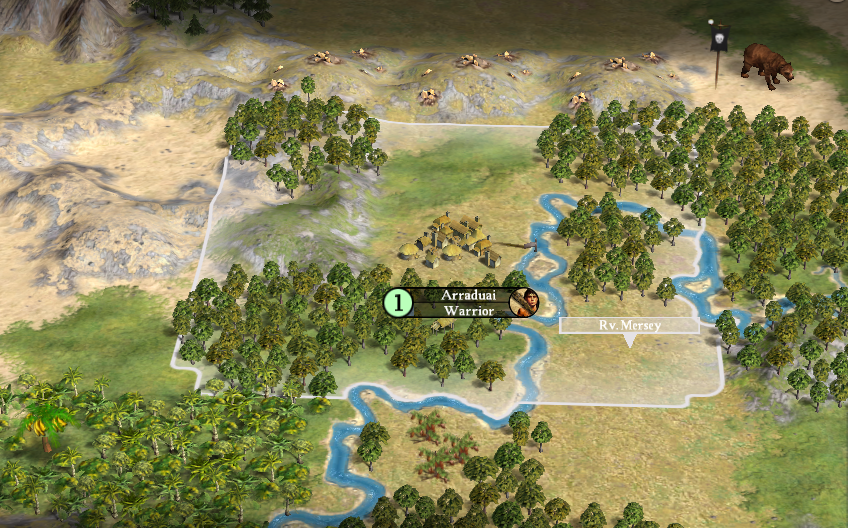
In the reign of the line of Sheb (approximately continuing a hundred years after his death), it is said that one of his sons fled north after attempting to kill him and founded the tribe of Aradai after making a pact with a demon for eternal wealth. The Aradites (whether this story is to be believed or not) are often depicted in art as wearing gold jewellery, bearing gold weapons and in Danielic scripture it is said that even the poorest amongst them used gold sickles and drank from golden bowls. Regardless the Aradites were wealthy and this wealth stemmed from the vast and plentiful veins of gold in the hills north of their reaches.
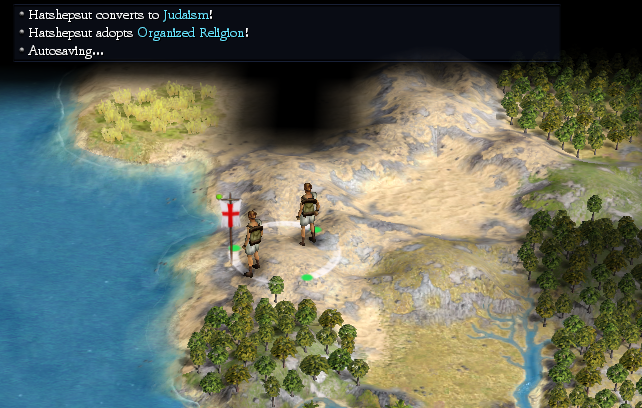
Around 2060 BC, the Egyptian (or rather, Ptolemaic) monarch Hatraisis adopted the faith of Judaism, formed of Sinite immigrants fleeing the growing influence of their English cousins. The Ptolemies would continue to espouse the Jewish religion for centuries, employing their scriptures in their propaganda and efforts to unite their nation. This would stand in staunch contrast to Mayan Buddhism.

The estimated date of the line of Moab's reign (the Sheb line's successors) ranges from 2000 BC to around 1830 BC (though sciptural dates would put it about a hundred years longer), during which Sinite spirituality began to enjoy a great growth, spurred on by influences from Buddhist and Jewish thinking. Basic forms of meditation were introduced in this period and grave site artefacts begin to include specific prayer beads amongst the general ritual jewellery.
The Later Myth Age
The Later Myth age begins in 1860 BC with what is erroneously known as the line of Jack, believed to begin with the ruler Ucra Jak (or as popularly known, Euchre Jack) later referenced in the Epic of Ucra Jak, one of the earliest surviving pieces of English literature. In fact we do not known Ucra Jak's real name, as Ucra Jak is two separate titles; Ucra, coming from the city of the same name; and Jak, a king. Later, the word Jack would come to mean 'man'. When the Ucra Jaks eventually spread their influence as far as present day London, they established the city of Ucra mentioned in early scripture there.
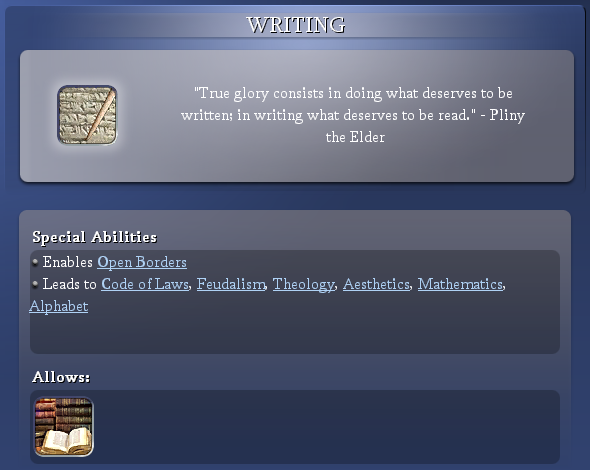
Not much is known about Jak's reign, but it coincides with the invention and proliferation of writing amongst the Aradites (of whom Jak was ruler) that eventually spread across to the rest of settled England. Clay tablets from the time are largely devoted to accounts and book-keeping by landowners and chiefs.
The story of Euchre Jack involves several fantastical elements (including a failed journey to the end of the world to find the secret of immortality) but he is best known for the construction of the original Library of Ucra, the site of which has never been found but whose ruins were torn down for building materials in later London. He is also known for the wholesale enslavement and eventual slaughter of the Drūn tribe in Ucra along with the vast majority of the old 'Fair Folk' tribes and their descendants in an early act of genocidal ethnic cleansing. The story of 'Jack the Giant Killer' persists in the collective consciousness to this very day.
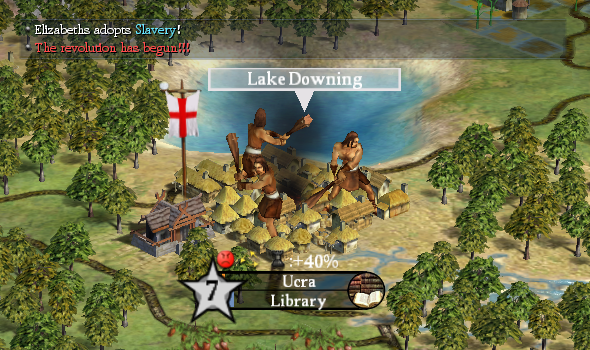
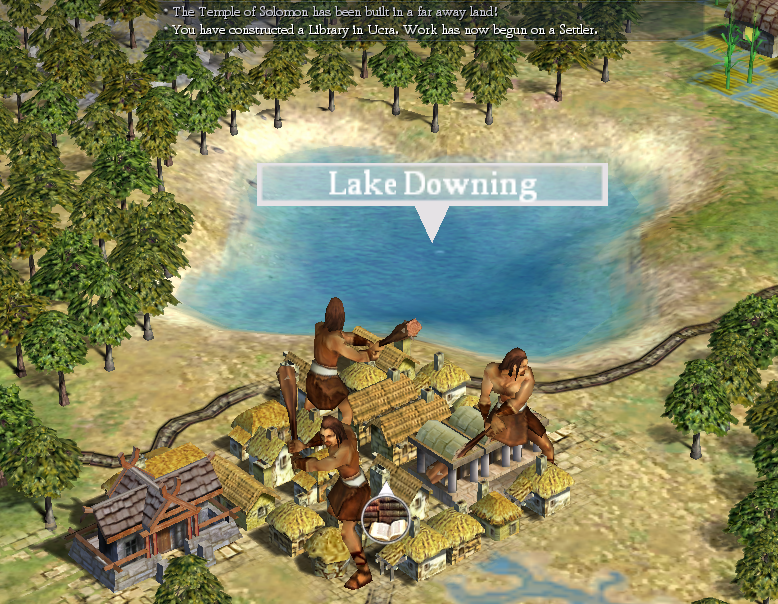
The construction of the library did not take place until a hundred years after the original references to Jak are found, suggesting that a later Ucra Jak was responsible not only for its construction but for the violent social upheaval that preceded it. There are traces of fire and warfare throughout Aradai and Ucra around the mid eighteenth century BC that suggest prolonged strife. Mass graves have been found where the bodies of slaves were dumped, putting an end once and for all to the Fair Folk as anything more than the most minor of peoples.
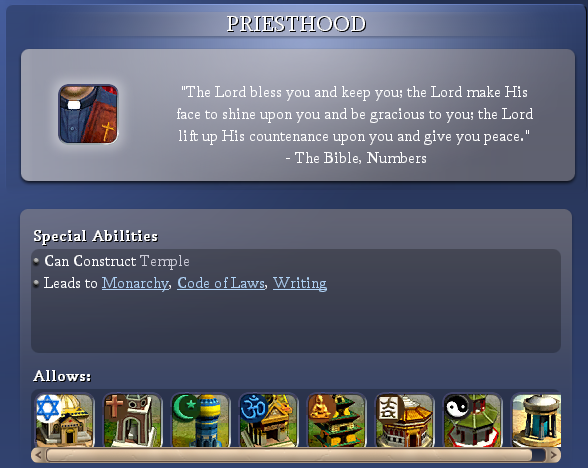
The Jaks continued to solidify their control over the disparate tribes for centuries, tying rulership and divinity together with the formation of a priestly class. Alas, the various minor religions of the Ucran states were too disorganised for a single faith to emerge and claim dominion. That would needs wait until a later stage.
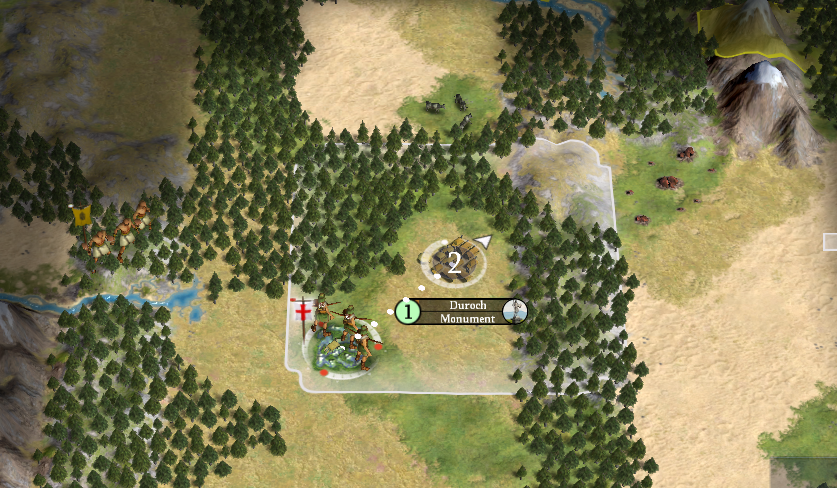
The line of Jack splinters around 1500 BC, when civil war forces the two brothers in line for the throne (Sera Pa and Claegh) against one another. Sera Pa emerged victorious and remained in Ucra, exiling his brother north with whatever remained of his supporters. There they forged the town of Duroch in the present day Scottish Lowlands. The exiled king, Claegh, would eventually give rise to the McClay clan, famed for their skill with the bow and arrow.
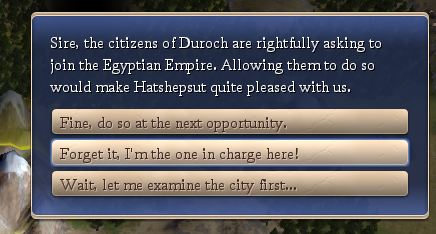
Claegh made overtures to the Pharaoh of the Egyptians to accept them into his empire, but Sera Pa sent word that such a move would bring war against that distant people. Though the Pharaoh did not take such a threat seriously, it is likely he used it as an excuse to refuse annexation in favour of avoiding the plagues and diseases Claegh's people were suffering at the time (well recorded in Sinite scripture as being a punishment for going against the ways of the gods).

Whilst his brother forged a new city amidst valuable resources to the north, Sera Pa spent fortunes on building roads across his new territories and new designs for boats and eventually ships - Sera Pa firmly believed in the power of trade to fuel his ambitions. Secure in the knowledge that he was descended of the gods, trade flourished as forests fell and hills were plundered for their gold.
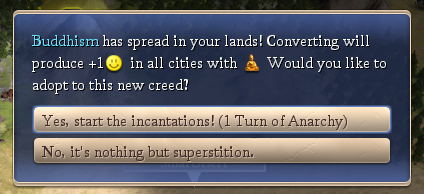
In the later years of Sera Pa's reign, a monk arrived in his throne room at Aradai, bringing sweet smelling incense and speaking Mayan verses. Sera Pa, himself a learned man, listened to the words of the monk and according to Buddhist scripture fell to his knees in delight when such wisdom was opened up to him. Sera Pa immediately commanded the construction of a monastery that the monk might remain and pass his wisdom onto others. Whether enlightened by the words of the Buddha or not, Sera Pa must have realised he had found what his forefathers had spent centuries in search of; a faith that could finally unify all the Sinites under a single banner.
Where do we go from here? Into the realm of Buddhist scripture! This time, hopefully with slightly better pictures and narrative, as I can't do much in the way of narrative pre-Writing. Some namedrops will have to wait until we reach a time period better suited to them, though.
As a side note, I have been expanding
very aggressively thus far; four cities by 1500 BC might not seem much, but it incurs heavy maintenance costs (especially for the distance between them and the capital). As you may have guessed, I am shooting for resources wherever I can - copper, marble, ivory, gold. There is a stone deposit right next to Egyptian lands but half a continent away from London, so I am trying to decide whether to risk settling there for the construction bonuses or not.
Stonehenge and the Great Wall have already been built, in other news. A shame, because without Stonehenge expansion is seriously slowed (free +1 culture/turn, which is used to expand city borders - I have to build monuments instead), and the Great Wall basically makes me immune to barbarian invasions.
All units in the game (even the workers) have personalised names such as the 'Troll Clansmen', 'Aradite Clansmen', 'Ucra Herdsmen', 'McClay Clan' and so on. I haven't had the occasion to really note them yet because we haven't really been at war yet. Sooner or later, that is going to change.

 Author
Topic: Let's Play Civ 4: Beyond the Sword - The Wolf & The Troll (Read 14241 times)
Author
Topic: Let's Play Civ 4: Beyond the Sword - The Wolf & The Troll (Read 14241 times)
